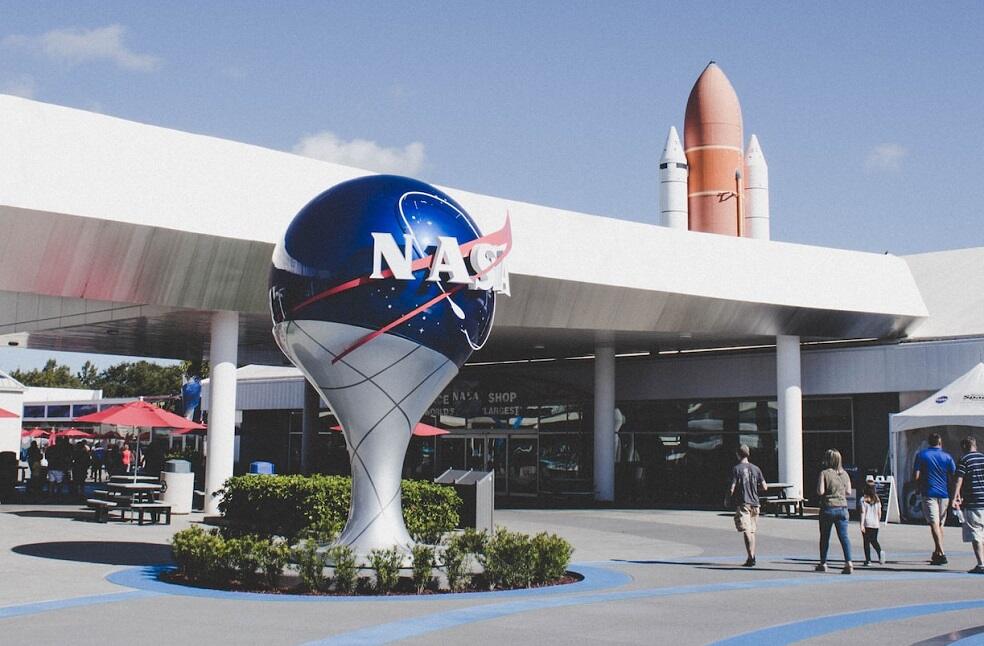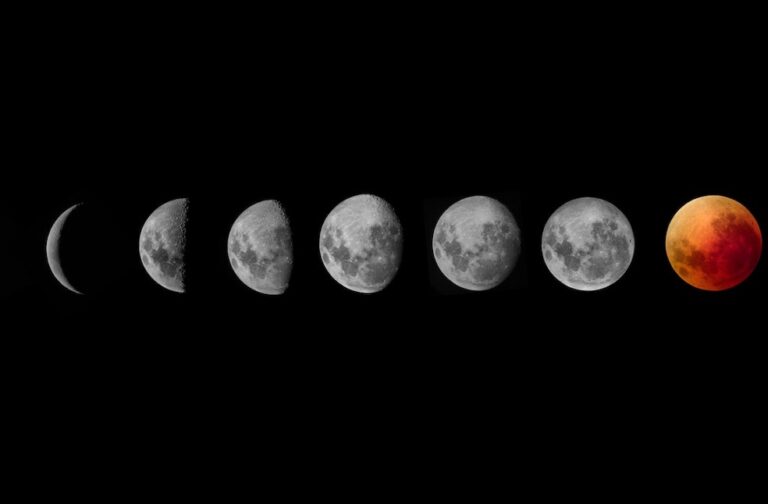Washington, US: Mother nature is offering one last chance to view the glorious “blood moon” as the second total lunar eclipse of the year, the final opportunity to see one until 2025 begins to unravel beautifully.
NASA scientists estimate that the moon will be 242,740 miles (390,553 KM) from Earth at that time. The totality of the eclipse will occur from 10.16 to 11.41 AM GMT, or approximately 90 minutes, as Earth moves in front of the moon and sun.
Binoculars and telescopes can help observers see more clearly, and they should pray for clear skies.

Unfortunately, the majority of Europe, the Middle East, and Africa will not have the opportunity to witness the lunar eclipse on Tuesday, although South Americans may be able to see portions of it if the weather cooperates. They’ll have to wait till the following one, which will be in 2025 or make do with countless partial lunar eclipses in the meanwhile.
What is Lunar Eclipse
When the Sun, Earth, and Moon line up, the Moon enters Earth’s shadow, creating a lunar eclipse. During a total lunar eclipse, the entire Moon is engulfed in the umbra, the region of Earth’s shadow that is the darkest. The Moon will take on a crimson color when it is inside the umbra. Due to this phenomenon, lunar eclipses are frequently referred to as “Blood Moons.”

The Moon turns red during a lunar eclipse due to the same process that makes our sky blue and our sunsets crimson. Rayleigh scattering is the term for it. Light moves in waves and each color of light has a unique set of physical characteristics. Red light has a longer wavelength and is less likely to be scattered by airborne particles than blue light, which has a shorter wavelength.



